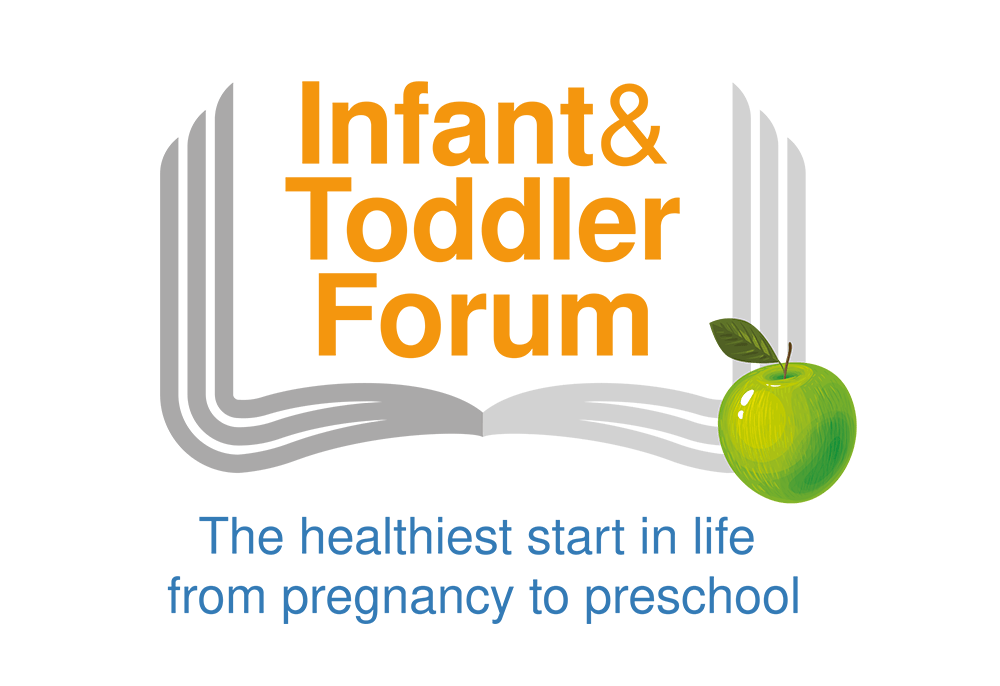By Dr. Gillian Harris, Honorary Senior Lecturer in Applied Developmental Psychology at the University of Birmingham and ITF member
Most parents will struggle at some point to get their toddlers to eat certain foods. Is toddler food refusal a sign of an eating disorder. or is it merely a phase? In the run up to Eating Disorder Awareness Week, Gill Harris provides practical advice to help parents tackle fussy eating in toddlers.
What to do when your toddler says: “I’M NOT EATING THAT!”
“But why not? He ate it last week. Spaghetti bolognaise was one of his favourites. Since he has turned two, he only seems to want crisps and some toast, and perhaps one of those dreadful chicken nuggets. I hate to say this, but he also seems to be okay with McDonald’s fries.
“What have I done wrong? I spent hours when he was little making his baby food from scratch; pureed vegetables, chopped fruit, baby-led weaning. I did it all by the book. He ate it all so well, I was so pleased with myself.”
I often hear that story! The neophobic stage of food refusal starts at around the age of two years and causes so much stress for parents. At this age, new foods and foods happily eaten before, will be refused. On sight, no discussion. What is happening here?
Why toddlers refuse food
The neophobic response is seen in all children to a greater or lesser extent – depending on their sensory reactivities to tastes, smells, textures and the way a food looks. Any food that doesn’t look, smell, or taste right will be out. This is a safety response: refusing to eat any food that is not quite ‘right’ probably gave our ancestors a survival advantage in past times. We have evolved from children with a good safety response.
The foods which are first to go are usually mixed foods – like the spaghetti bolognaise, because you can never get that to look, taste and smell the same every time – unless it comes out of a jar! Then you will get the broken biscuit – rejected on sight. The yoghurt – out because they have changed the pictures on the pot. All normal. Why are toddlers okay with the McDonald’s fries? They are the same potato, cooked in the same oil, and cut to the same lengths every time! And it is served in a nice bright identifiable wrapper.
Advice to help parents of fussy eaters
So, what can you do? Sit down, have a cup of tea and rethink. This is a fear and safety reaction that usually passes by the age of 3 – 4 years.
Do not be tempted to mix things in, put new foods on the plate with the foods which are eaten, don’t withhold the foods which are eaten. And ignore advice from stricter family members! Calorie intake and growth are always the priority.
Instead, eat things happily yourself nearby, no prompting. Look at pictures, chatter whilst unpacking the shopping. And look at our fact sheets for further help and ideas.
2.1 – Why Toddlers Refuse Food – Download Factsheet
2.2 – How to Manage Simple Faddy Eating in Toddle – Download Factsheet
2.3 – Understanding and Managing Extreme Food Refusal in Toddlers – Download Factsheet
Avoidant and Restrictive Eating Disorder
One small point, coming up to Eating Disorders Awareness week: very rarely some children don’t move out of this stage so quickly. These children tend to be hyperreactive to sensory information (an extreme reaction to touch, taste or smell). Avoidant restrictive food intake disorder, more commonly known as ARFID, is a condition characterised by the person avoiding certain foods.
Find out more:
- Find information about Avoidant and Restrictive Food Intake Disorder (ARFID) and how to cope when your child shows extreme food refusal.
- Find out more about Fussy and Faddy Eating in Toddlers
